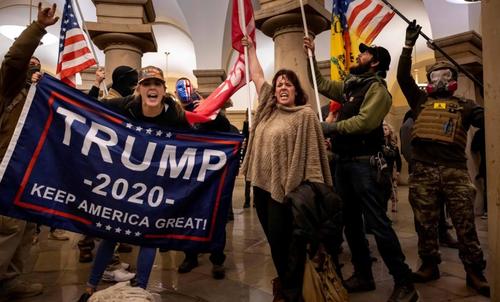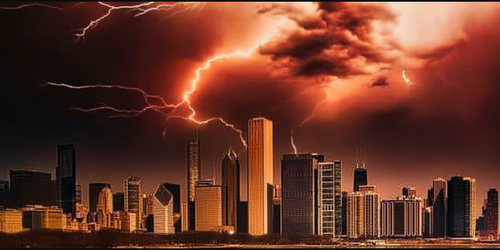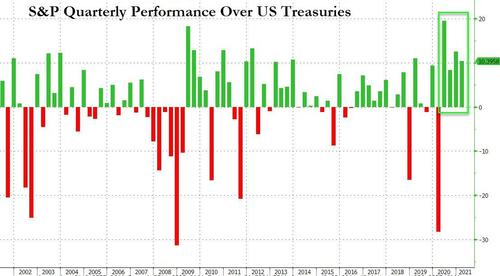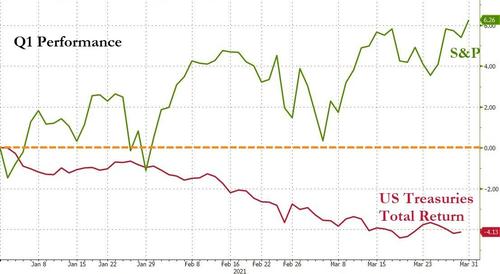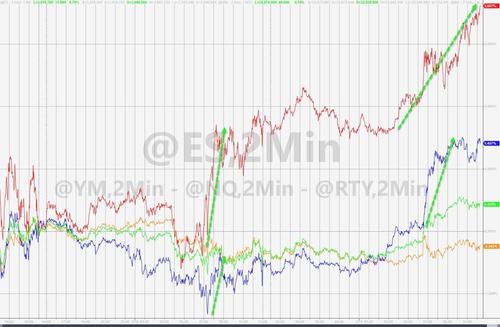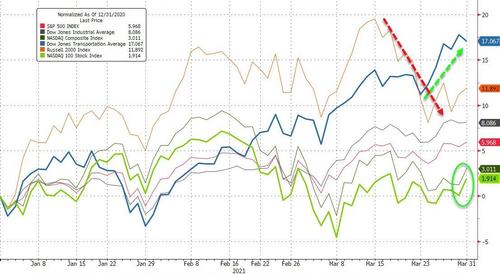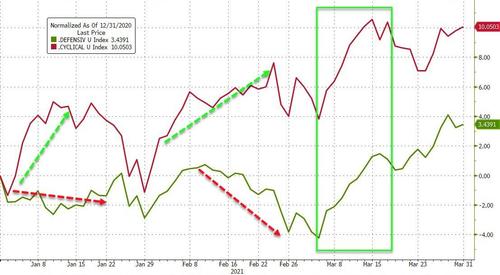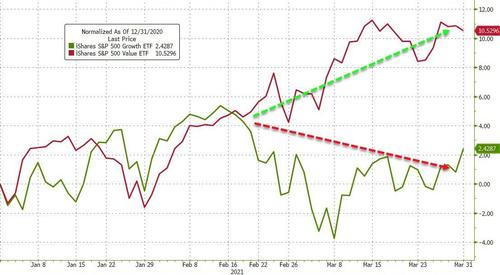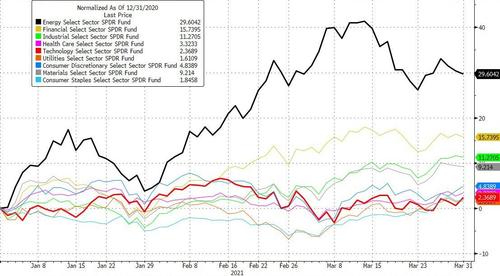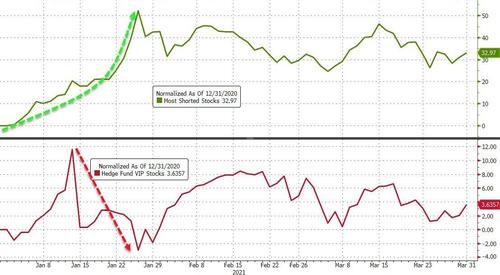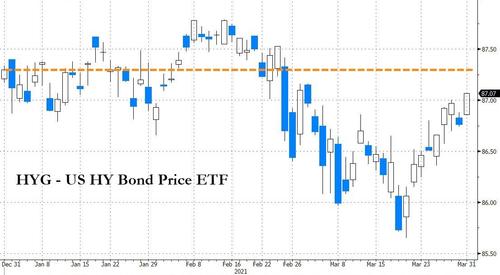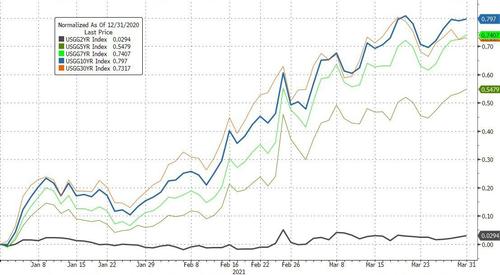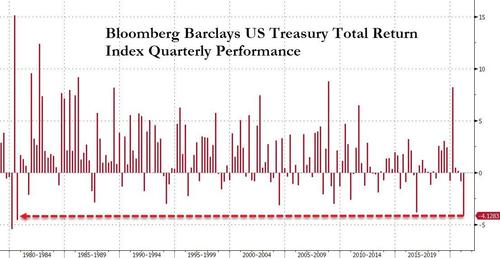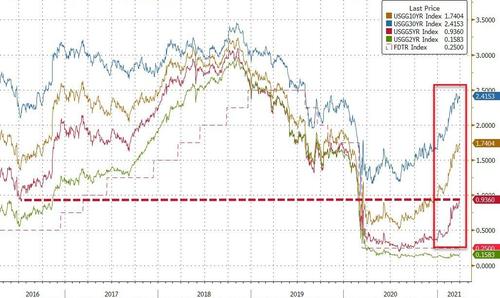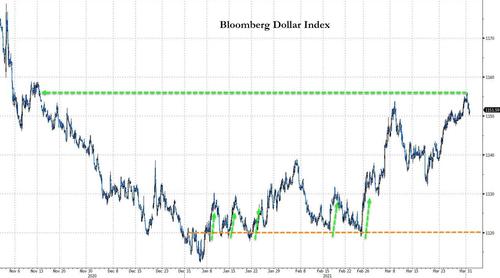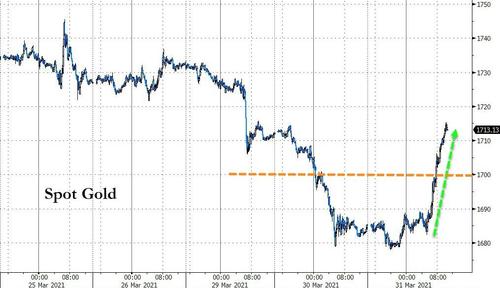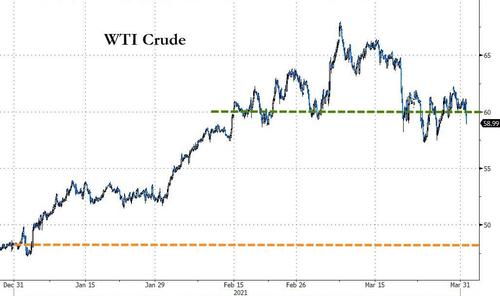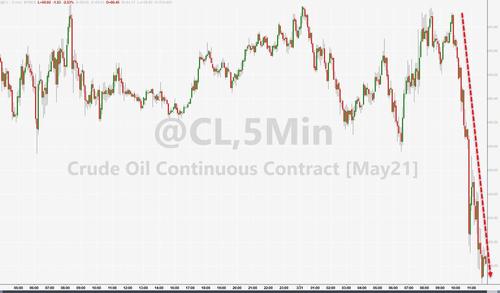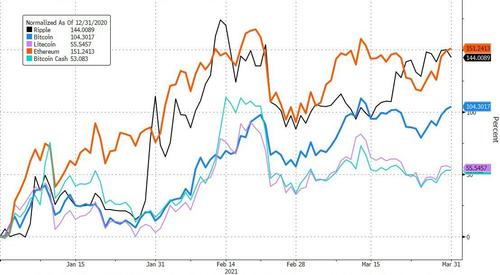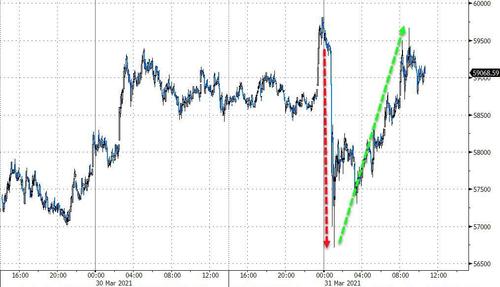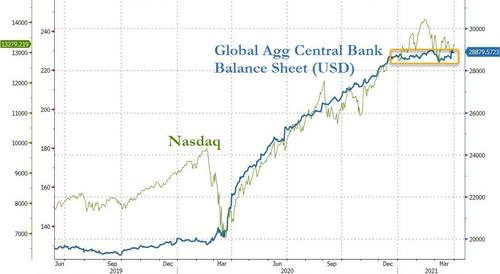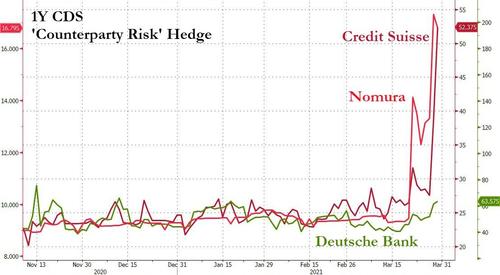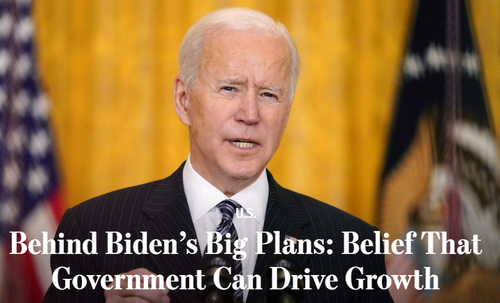Democrats’ “Terrorist Insurrection” Narrative Collapses As Most Capitol Rioters Likely Won’t Face Jail Time
With prosecutors expected to announce the first plea deals for individuals charged as part of the Capitol Riots on Jan. 6 in the coming days, Politico reports that many of the suspects allegedly involved in the “attempted insurrection” likely won’t face jail time, which could be a “jarring reality check” for (mostly liberal) Americans outraged by the “storming” of the Capitol.
While a handful of defendants could face jail time for vandalism, assault or even murder/manslaughter for fighting with Capitol Hill police during the Jan. 6 incident, the vast majority will likely be hit with a slap on the wrist. The reason being that protests on the Capitol are extremely commonplace, and legally speaking, most of those charged aren’t culpable for charges beyond simple trespassing. If judges tried to change this up, they would then need to hand down more strict punishments to protesters charged with interrupting Congressional votes or the State of the Union (tactics that, while they don’t always attract media attention, are still key parts of the progressive toolkit)
There are two main reasons: Although prosecutors have loaded up their charging documents with language about the existential threat of the insurrection to the republic, the actions of many of the individual rioters often boiled down to trespassing. And judges have wrestled with how aggressively to lump those cases in with those of the more sinister suspects.
“My bet is a lot of these cases will get resolved and probably without prison time or jail time,” said Erica Hashimoto, a former federal public defender who is now a law professor at Georgetown. “One of the core values of this country is that we can protest if we disagree with our government. Of course, some protests involve criminal acts, but as long as the people who are trying to express their view do not engage in violence, misdemeanors may be more appropriate than felonies.”
Even though the administration has no sway (at least, in theory) over judges’ sentencing decisions, a wave of lenient sentences could be a PR disaster for Biden & Co., as members of the hyper-progressive “squad” would likely seize the opportunity to slam the administration for letting a small army of alleged “white supremacists” off the hook. At one point, Biden and other senior Democrats were saying the rioters’ behavior bordered on “sedition”, speculation that the media took and ran with.
The prospect of dozens of Jan. 6 rioters cutting deals for minor sentences could be hard to explain for the Biden administration, which has characterized the Capitol Hill mob as a uniquely dangerous threat. Before assuming office, Biden said the rioters’ attempt to overturn the election results by force “borders on sedition”; Attorney General Merrick Garland has called the prosecutions his top early priority, describing the storming of Congress as “a heinous attack that sought to disrupt a cornerstone of our democracy, the peaceful transfer of power to a newly elected government.”
If the last decade has taught us anything, it’s that there’s no longer any room for nuance in political messaging. And the high expectations set by DoJ prosecutors, who described elaborate plots to murder lawmakers and touted a cache of molotov cocktails seized by officers, have deflated somewhat as new information has emerged.
The American Thinker’s Monica Showalter expands on this in a piece entitled “Biden left with egg on his face as facts of Capitol ‘riot’ wind through courts”.where she argues that the nigh-inevitable outcome of the Capitol Riot prosecutions will be an embarrassment of the administration that has tried to portray the “riot” as a legitimate act of insurrection, and claimed that the protesters fully intended to overthrow the Congress and instate President Trump as “president for life.”
The rest was just protest theatre, plenty of arrests, lot of trespassing, some vandalism, lots of selfies posted conveniently for prosecutors on social media, lots of tattling, and no question as to how the outcome was going to turn out. There were five deaths, four of unarmed protestors, including one who was shot at close range in the neck by an unnamed Capitol police officer, and one of a police officer who was quickly cremated amid shifting stories, and a mendacious New York Times report, with inflammatory claims about the circumstances of how he died. That’s since been discredited, leaving them with egg all over their faces.
The arrests of the protestors are now winding their way through the courts. And surprise, surprise, the prosecutors, who are probably leftists themselves, are not finding any grand plots. All of Joe Biden’s windblowing about the ‘threat to democracy is coming to naught. There never was a threat to democracy. There was never a grand ‘insurrection.’ No heads on pikes, no torches. There were just conservatives and marginal characters-who-never-vote acting like Code Pink or Black Lives Matter.
But the administration isn’t the only institution that might have some ‘splaining’ to do: the media, as Showalter points out, was also complicit.
The press seems to have been complicit. As I noted here, a CNN reporter reportedly danced with glee with a known leftist rioter who’s since been arrested for acts at the Capitol, shouting, “We did it!” with him, which if true suggests some kind of complicity. Someone needs to start answering questions about that.
Now the Times gets rid of its bad reporting, post-impeachment, when it no longer matters, claiming that its two official sources somehow had bad information. Who the hell were these bounders? A good reporter would get rid of bad sources like a bad penny based on how they damaged his credibility, but not these guys — they continue to protect them. The Times doesn’t really care about what this stuff does to their credibility based on this behavior. Yet if they were real journalists, they’d get to the bottom of this and really report how they had been used by creeps spreading false information for political gain. What were their bad sources’ motives? Were they worthy as sources or political operatives with an agenda? But this is being hidden in that hope-to-not-be-noticed “oopsie note” at the top of their lower-than-tabloid mendacious story.
With this in mind, we wouldn’t be surprised to see coverage of the capitol riot prosecution slowly fade away before the sentences are handed down.
Tyler Durden
Wed, 03/31/2021 – 16:41
via ZeroHedge News https://ift.tt/3dmmMOr Tyler Durden
